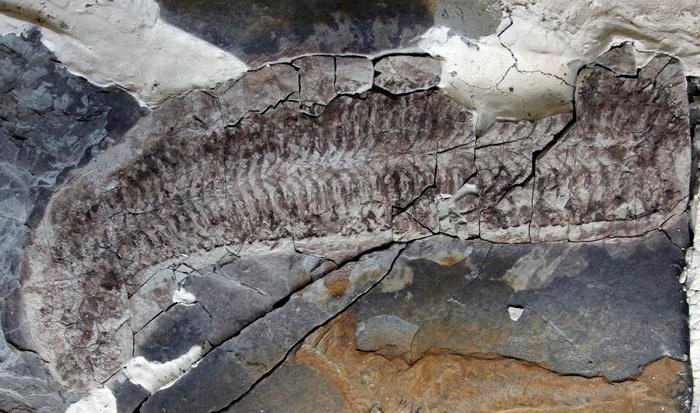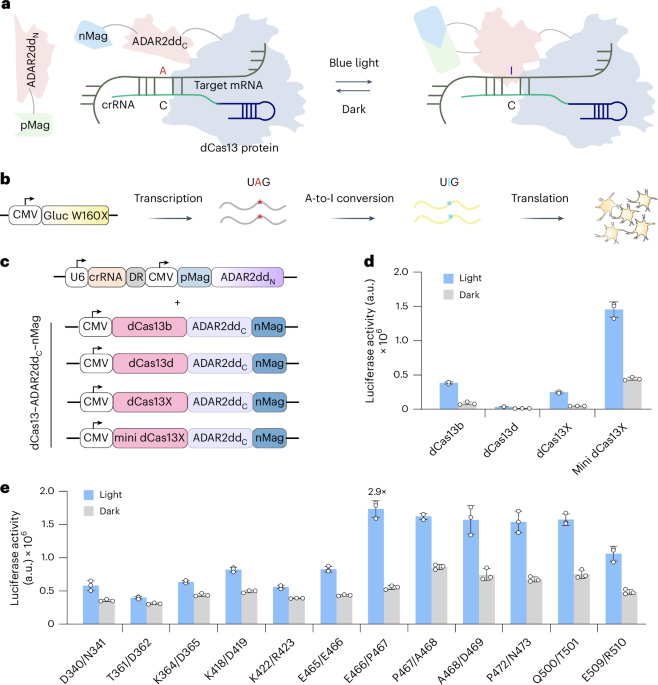Now Reading: 444-Million-Year-Old Arthropod Fossilized From Within
-
01
444-Million-Year-Old Arthropod Fossilized From Within
444-Million-Year-Old Arthropod Fossilized From Within

Swift Summary
- Researchers at the University of Leicester identified a new species of fossilized arthropod named Keurbos susanae, or “Sue,” after Professor Sarah Gabbott’s mother.
- the fossil, estimated to be 444 million years old, is unusually preserved “inside-out,” displaying internal features such as muscles and tendons while lacking its carapace, legs, and head.
- Found in the Soom Shale in South Africa 25 years ago, K. susanae likely resided on the ocean floor during the Ordovician-Silurian extinction event approximately 440 million years ago when global temperatures dropped, causing mass extinction.
- The preservation occurred due to burial under toxic sediment rich in hydrogen sulfide rather than oxygen.
- While researchers confirmed K. susanae as a primitive marine arthropod, its precise evolutionary relationships remain unclear due to missing external features and rarity of comparable specimens from that era.
Indian Opinion Analysis
The discovery of Keurbos susanae adds significant insight into prehistoric marine life and global ecological conditions during one of Earth’s first mass extinctions-the Ordovician-Silurian event that eradicated around 85% of species worldwide. While India itself was geographically discrete from current-day South Africa during this period (being part of Gondwana), this research highlights how scientific findings from distant regions contribute universally applicable knowledge about climate change impacts across epochs.
For India’s own paleontological pursuits-such as ongoing studies related to similarly ancient fossils like trilobites-it underscores the meaning of interdisciplinary methods combining anatomy interpretation with geochemical contexts for reconstructing Earth’s biodiversity history amidst crises like mass extinctions or climate shifts.
Achieving this degree of fossil preservation points scientists toward understanding not only evolution but also how extreme environmental changes can shape survival mechanisms-a viewpoint increasingly relevant for India given modern concerns over biosphere resilience amid rapid climate variations.
























